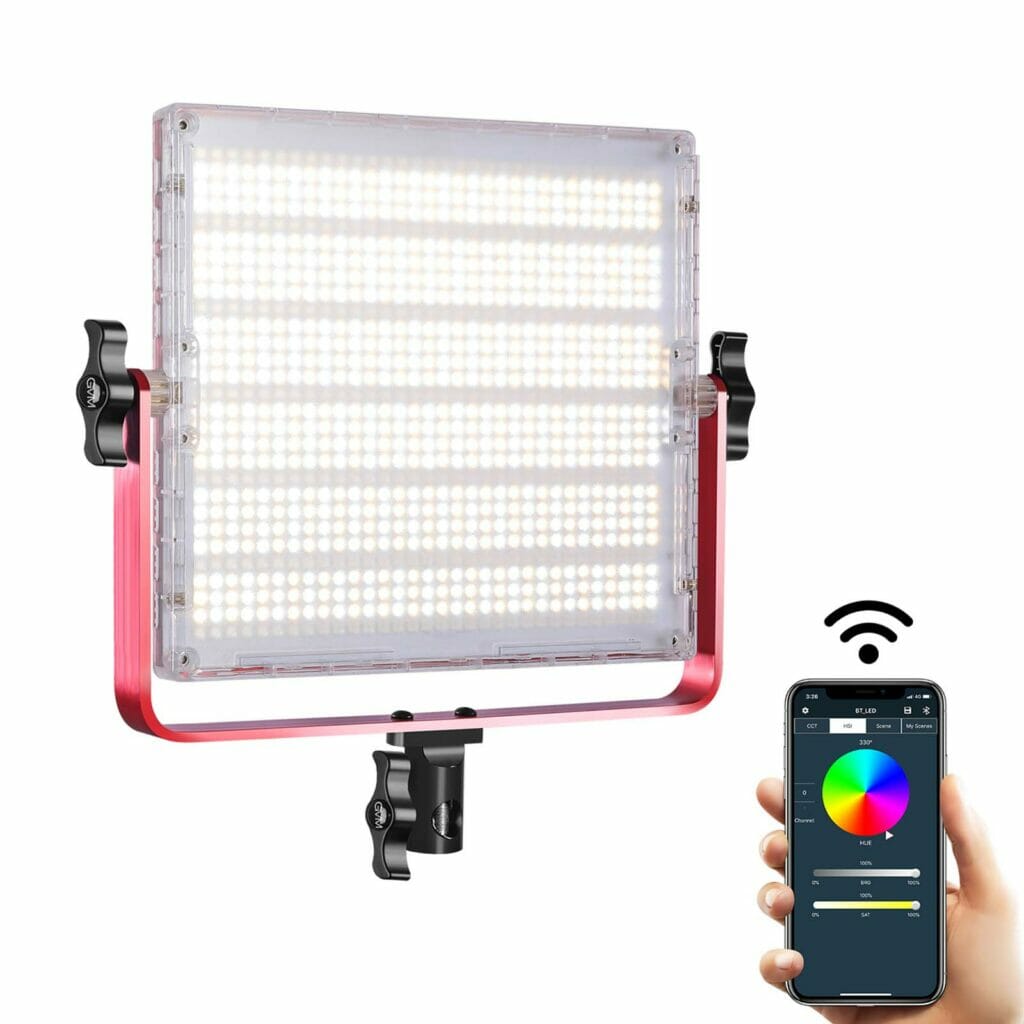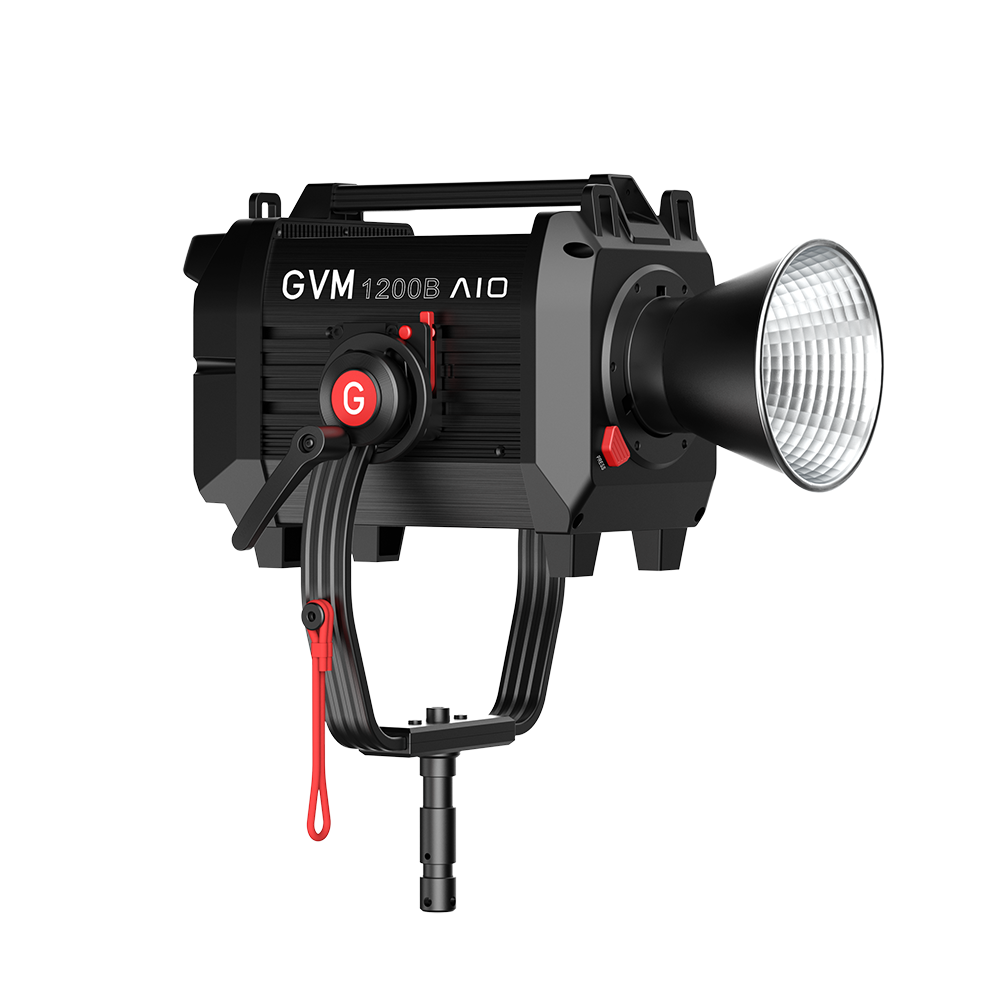Portrait Photography Basics for Beginners (Top Tips & Techniques)
The art of portrait photography is capturing someone’s spirit in an image. It doesn’t matter if it’s a traditional portrait used to identify someone, for example, a Roman emperor on a coin, or a holiday snapshot of someone having fun, portraits are there to record and convey who a person is, not just what they look like. That might sound an overwhelming task, but when you remember that we have been making portraits for thousands of years–albeit not as photographs for that long–and there are so many ways to go about it, you realize that it really is for everyone.
Part 1: Portrait Photography Basics
The first element of good portrait photography is technique. It’s knowing how to light your subject effectively, how to expose and compose them correctly, as well as knowing where and how to pose them and put them at ease to get the best out of them. We’ll look at all of these points in more detail later.
The second element of good portrait photography is choosing the right style of portrait, both for you as a photographer and your subject so that you can show them off to their best advantage. Portraits are meant to capture the essence of a person, couple, or group of people. And there’s more than one way to shoot a portrait in order to accomplish that. Different types of portrait photography might appeal more to you, and more to the people you’re photographing.

Traditional portraits, with someone sitting in a chair or perhaps standing full-frame can feel a little old-fashioned or staid, but if done well is a wonderful way to record who someone was: what they looked like and how they carried themselves.
Family portraits can be formal, but they can also take on a much more relaxed, lifestyle portrait feel that captures the interaction between different members. The same goes for pet portraits: you can have your dog posing formally, or capture her or him playing about and being natural.

An important element of portrait photography is recording life progression and events: the soft gentleness of newborn photography, the excited hopefulness of 15th, 16th, 18th, and 21st birthday photos, the achievement of graduation portraits, the romance of wedding photography, and then on to celebratory anniversary photography. From formal to fun, there’s no right or wrong way to take these portraits, provided that it captures the essence of the people you’re photographing and the relationships between them.

There’s also glamor photography, which while not necessarily revealing, does attempt to show off someone’s sexier side. Environmental photography captures someone in their element: for example a chef in their kitchen, an engineer with their tools, an athlete at their training ground. While candid and street photography is about finding the right moment to photograph someone.
choose a formal outfit for him.

Part 2: 10 Portrait Photography Tips to Shoot Like a Pro
These 10 portrait photography techniques and tips will help you to get your photos right every time.
1. Understand the Exposure Triangle
This is relevant for every type of photography, not just portrait photography: make sure you know how to achieve a good exposure with the interaction of aperture, ISO, and shutter speed. Also, be sure to understand how changing your aperture will affect the depth-of-field of your images, with a larger aperture giving you more background blur as well as letting more light into the camera. Know that a higher ISO will introduce more noise into your shot. And that you’ll need a fast shutter speed to prevent motion blur in your images.
2. Get the White Balance Right
This is relevant for every type of photography, not just portrait photography: make sure you know how to achieve a good exposure with the interaction of aperture, ISO, and shutter speed. Also, be sure to understand how changing your aperture will affect the depth-of-field of your images, with a larger aperture giving you more background blur as well as letting more light into the camera. Know that a higher ISO will introduce more noise into your shot. And that you’ll need a fast shutter speed to prevent motion blur in your images.
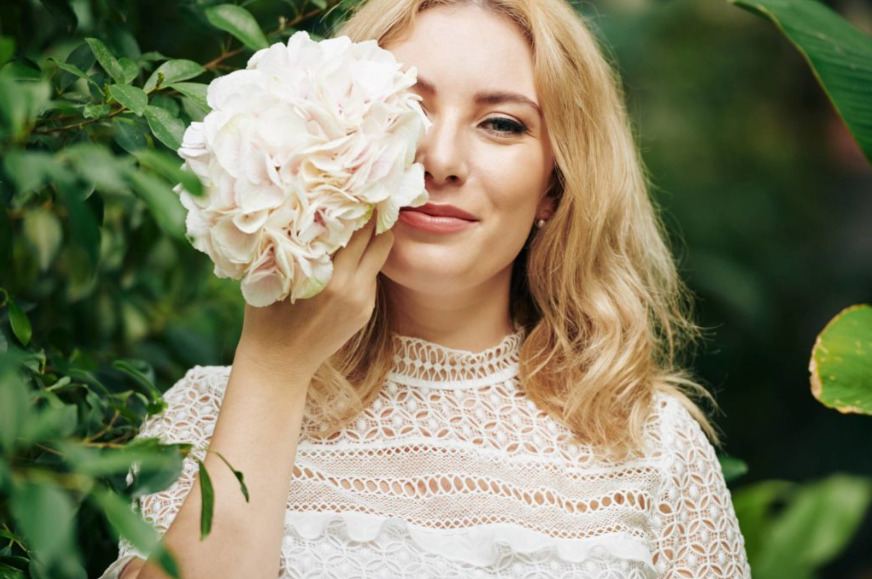
3. Look for Light
This is relevant for every type of photography, not just portrait photography: make sure you know how to achieve a good exposure with the interaction of aperture, ISO, and shutter speed. Also, be sure to understand how changing your aperture will affect the depth-of-field of your images, with a larger aperture giving you more background blur as well as letting more light into the camera. Know that a higher ISO will introduce more noise into your shot. And that you’ll need a fast shutter speed to prevent motion blur in your images.
4. Check the Location
This is relevant for every type of photography, not just portrait photography: make sure you know how to achieve a good exposure with the interaction of aperture, ISO, and shutter speed. Also, be sure to understand how changing your aperture will affect the depth-of-field of your images, with a larger aperture giving you more background blur as well as letting more light into the camera. Know that a higher ISO will introduce more noise into your shot. And that you’ll need a fast shutter speed to prevent motion blur in your images.

5. Alter Your Angles
This is relevant for every type of photography, not just portrait photography: make sure you know how to achieve a good exposure with the interaction of aperture, ISO, and shutter speed. Also, be sure to understand how changing your aperture will affect the depth-of-field of your images, with a larger aperture giving you more background blur as well as letting more light into the camera. Know that a higher ISO will introduce more noise into your shot. And that you’ll need a fast shutter speed to prevent motion blur in your images.
6. Focus in on the Eyes
This is relevant for every type of photography, not just portrait photography: make sure you know how to achieve a good exposure with the interaction of aperture, ISO, and shutter speed. Also, be sure to understand how changing your aperture will affect the depth-of-field of your images, with a larger aperture giving you more background blur as well as letting more light into the camera. Know that a higher ISO will introduce more noise into your shot. And that you’ll need a fast shutter speed to prevent motion blur in your images.
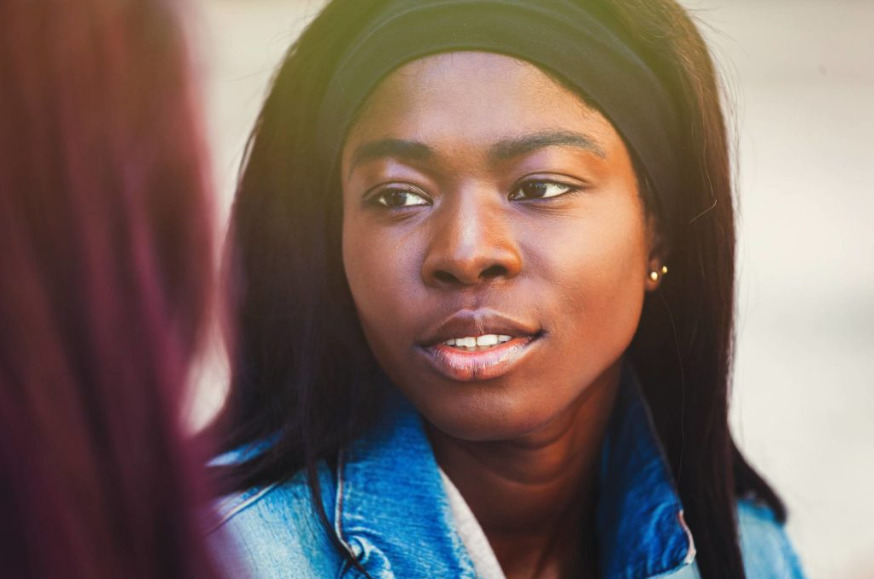
7. Get to a Lower Level
This is relevant for every type of photography, not just portrait photography: make sure you know how to achieve a good exposure with the interaction of aperture, ISO, and shutter speed. Also, be sure to understand how changing your aperture will affect the depth-of-field of your images, with a larger aperture giving you more background blur as well as letting more light into the camera. Know that a higher ISO will introduce more noise into your shot. And that you’ll need a fast shutter speed to prevent motion blur in your images.
8. Try Props
This is relevant for every type of photography, not just portrait photography: make sure you know how to achieve a good exposure with the interaction of aperture, ISO, and shutter speed. Also, be sure to understand how changing your aperture will affect the depth-of-field of your images, with a larger aperture giving you more background blur as well as letting more light into the camera. Know that a higher ISO will introduce more noise into your shot. And that you’ll need a fast shutter speed to prevent motion blur in your images.
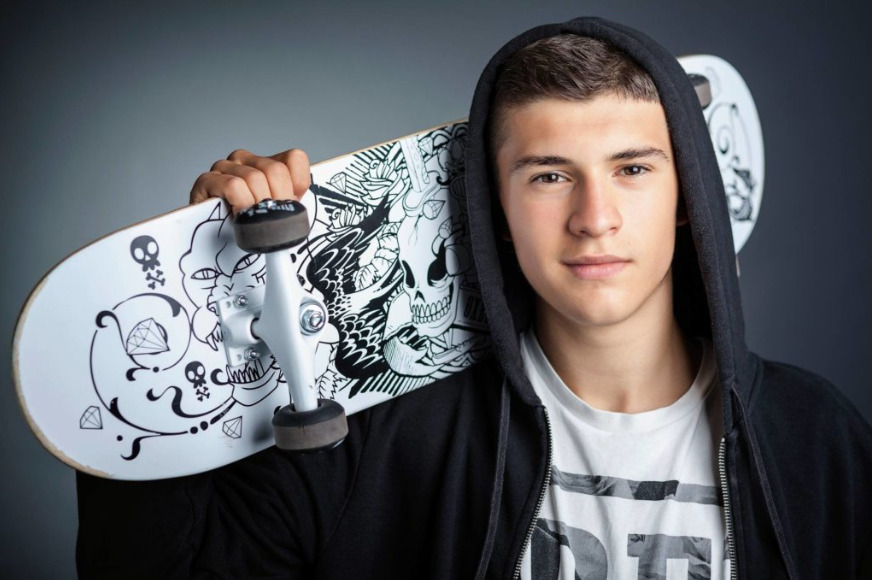
9. Shoot a Series
This is relevant for every type of photography, not just portrait photography: make sure you know how to achieve a good exposure with the interaction of aperture, ISO, and shutter speed. Also, be sure to understand how changing your aperture will affect the depth-of-field of your images, with a larger aperture giving you more background blur as well as letting more light into the camera. Know that a higher ISO will introduce more noise into your shot. And that you’ll need a fast shutter speed to prevent motion blur in your images.
10. Convert to Black and White
This is relevant for every type of photography, not just portrait photography: make sure you know how to achieve a good exposure with the interaction of aperture, ISO, and shutter speed. Also, be sure to understand how changing your aperture will affect the depth-of-field of your images, with a larger aperture giving you more background blur as well as letting more light into the camera. Know that a higher ISO will introduce more noise into your shot. And that you’ll need a fast shutter speed to prevent motion blur in your images.

Bonus: Get an Assistant
This is relevant for every type of photography, not just portrait photography: make sure you know how to achieve a good exposure with the interaction of aperture, ISO, and shutter speed. Also, be sure to understand how changing your aperture will affect the depth-of-field of your images, with a larger aperture giving you more background blur as well as letting more light into the camera. Know that a higher ISO will introduce more noise into your shot. And that you’ll need a fast shutter speed to prevent motion blur in your images.
Professional Cinematic RGB Soft Light Panel
New RGB cinematic soft light for studio
YU series has not only made new upgrades in brightness, color gamut, functions, etc.
new breakthroughs have also been made in appearance, material, U-shaped design, and physical external light.
2022 Upgraded RGB video lights
It Consists of 704 LED Beads and 224 RGB Beads:
this video light is adopted the American Chip
and has a life of more than 100000 hours.
It’s designed with aerospace aluminum alloy Casing to
effectively help the LED light better dissipate heat
A truly soft light source
The GVM-880RS provides a smooth, even beam field by combining the latest wide beam, true-tone SMD LEDS and diffuser plates. The large surface area of the panel produces a bright, wraparound output with clean, soft shadows that act as meterlight on the subject.


